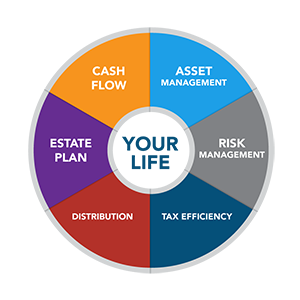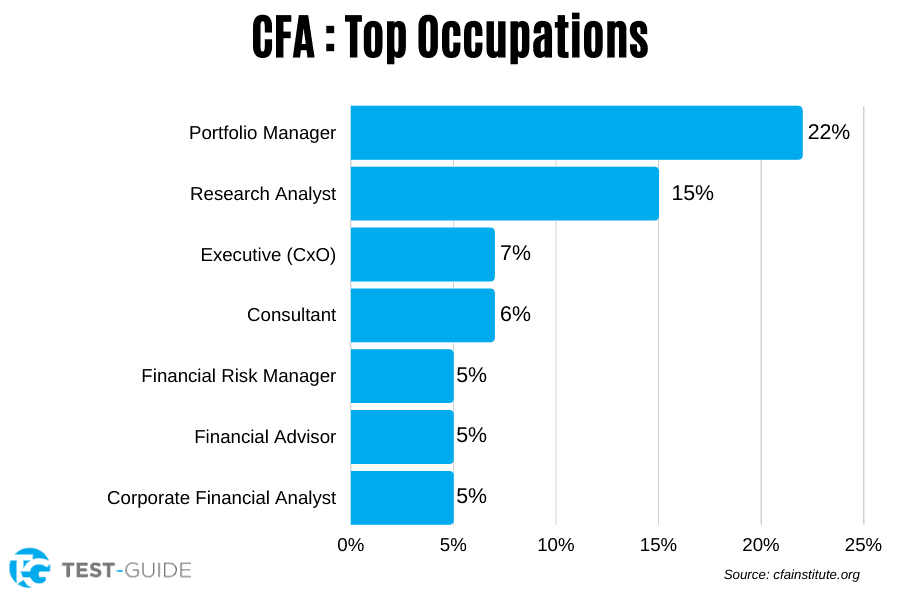
You might be wondering how to use the Mint app on iOS. This article will cover how to add, sync, create a Budget, and use Trends. Also, you'll learn how to connect with your financial institutions. You'll also find out how to sync with your financial institutions. Once you've got the app down, it's time to create a personal budget plan.
Budgeting tool
First, sign up to Mint to establish a budget. The app categorizes all of your expenses so you can see what you can afford. Mint also allows you to set budgets for expenses that aren't listed. For example, rent, groceries, and other essentials. Mint will let you know if you're going over budget, and it will give you a list of areas that you could reduce spending.
Select a category to get started with Mint and start entering transactions. Mint will automatically assign them to a category. If necessary, you can also add tags to transactions and re-categorize them. Mint also allows you to set reminders, so you can keep track of everything you spend. To make sure you don't forget to pay your bills, Mint also allows you to set up automatic reminders.

Syncing financial institutions
The Mint app allows you to sync all your financial institutions from one place. This is a major advantage. Mint lets you sync all accounts. The app will update the value of each account every day at the end of the market. Mint is not a brokerage, but it does allow users to look at their personal accounts. A transaction roll allows users to see all of their transactions, similar to an online banking statement. You can view the payee, dollar amount and even create a budget.
Mint can be customized to send a variety notifications. You can choose to get daily, weekly or monthly notifications. You can also set up notifications to be sent to your spouse. You can even set up reminders if you miss a bill. Mint offers a personal finance tool that integrates with Quicken. Mint's insufficient investment features could make it difficult to use its robust features.
Adding bills
Mint has an advanced financial tracking feature that allows you to keep track of your bills. The dashboard displays the current balance, total balance, and due date of all bills. To view the balance for each account, you can swipe left or right. Mint allows you to connect as many bank accounts as you want. Once you have all your bank account linked to Mint, you can see all bills in the app.
You can also use Mint Bills to pay small businesses and individuals. You will need to provide the name, contact information, and amount to be paid for the Mint Bills service. Once you have your account set up you can sign up to receive recurring payments. Save recurring payments also by pressing Save. Then, you'll be able to view them from anywhere, including your phone. It's that easy!

Trends feature
Mint app's Trends feature allows users the ability to examine their spending habits over time. This feature displays spending breakdowns according to category and provides information about your net worth as well as assets over a set period. You can also see your expenditures broken down by merchant and type. This lets you view your net worth over a period of time, if not more than a year. The Trends feature is a great tool to help you make educated decisions about your finances.
You can now modify your account categories and view all your spending data from one screen. You can also edit the transactions in bulk and tweak the categories if necessary. Another update brings the Trends feature to mobile, allowing you to plot your relationships over time and get an overall picture of your financial habits. Although Mint is not as visually appealing as the old version, the updated Mint app offers many useful features.
FAQ
What is retirement plan?
Retirement planning is an important part of financial planning. It helps you prepare for the future by creating a plan that allows you to live comfortably during retirement.
Retirement planning involves looking at different options available to you, such as saving money for retirement, investing in stocks and bonds, using life insurance, and taking advantage of tax-advantaged accounts.
What Is A Financial Planner, And How Do They Help With Wealth Management?
A financial advisor can help you to create a financial strategy. A financial planner can assess your financial situation and recommend ways to improve it.
Financial planners, who are qualified professionals, can help you to create a sound financial strategy. They can tell you how much money you should save each month, what investments are best for you, and whether borrowing against your home equity is a good idea.
Financial planners typically get paid based the amount of advice that they provide. However, some planners offer free services to clients who meet certain criteria.
How does Wealth Management Work?
Wealth Management can be described as a partnership with an expert who helps you establish goals, assign resources, and track progress towards your goals.
Wealth managers are there to help you achieve your goals.
These can help you avoid costly mistakes.
What are the Benefits of a Financial Planner?
A financial plan is a way to know what your next steps are. You won't be left wondering what will happen next.
It will give you peace of heart knowing you have a plan that can be used in the event of an unexpected circumstance.
Your financial plan will also help you manage your debt better. A good understanding of your debts will help you know how much you owe, and what you can afford.
Your financial plan will also help protect your assets from being taken away.
How to Choose An Investment Advisor
The process of choosing an investment advisor is similar that selecting a financial planer. Consider experience and fees.
Experience refers to the number of years the advisor has been working in the industry.
Fees refer to the cost of the service. You should compare these costs against the potential returns.
It is important to find an advisor who can understand your situation and offer a package that fits you.
How do I get started with Wealth Management?
The first step towards getting started with Wealth Management is deciding what type of service you want. There are many Wealth Management services available, but most people fall under one of the following three categories.
-
Investment Advisory Services- These professionals will help determine how much money and where to invest it. They also provide investment advice, including portfolio construction and asset allocation.
-
Financial Planning Services - A professional will work with your to create a complete financial plan that addresses your needs, goals, and objectives. Based on their expertise and experience, they may recommend investments.
-
Estate Planning Services: An experienced lawyer will advise you on the best way to protect your loved ones and yourself from any potential problems that may arise after you die.
-
Ensure that a professional is registered with FINRA before hiring them. If you do not feel comfortable working together, find someone who does.
Statistics
- If you are working with a private firm owned by an advisor, any advisory fees (generally around 1%) would go to the advisor. (nerdwallet.com)
- US resident who opens a new IBKR Pro individual or joint account receives a 0.25% rate reduction on margin loans. (nerdwallet.com)
- As of 2020, it is estimated that the wealth management industry had an AUM of upwards of $112 trillion globally. (investopedia.com)
- These rates generally reside somewhere around 1% of AUM annually, though rates usually drop as you invest more with the firm. (yahoo.com)
External Links
How To
How to Invest Your Savings To Make More Money
You can get returns on your capital by investing in stock markets, mutual funds, bonds or real estate. This is called investment. It is important to realize that investing does no guarantee a profit. But it does increase the chance of making profits. There are many ways you can invest your savings. One of these options is buying stocks, Mutual Funds, Gold, Commodities, Real Estate, Bonds, Stocks, ETFs, Gold, Commodities, Real Estate, Bonds, Stocks, Real Estate, Bonds, and ETFs. We will discuss these methods below.
Stock Market
The stock market allows you to buy shares from companies whose products and/or services you would not otherwise purchase. This is one of most popular ways to save money. The stock market also provides diversification, which can help protect you against financial loss. You can, for instance, sell shares in an oil company to buy shares in one that makes other products.
Mutual Fund
A mutual funds is a fund that combines money from several individuals or institutions and invests in securities. They are professionally managed pools with equity, debt or hybrid securities. The mutual fund's investment goals are usually determined by its board of directors.
Gold
Long-term gold preservation has been documented. Gold can also be considered a safe refuge during economic uncertainty. It can also be used in certain countries as a currency. In recent years, gold prices have risen significantly due to increased demand from investors seeking shelter from inflation. The supply and demand factors determine how much gold is worth.
Real Estate
Real estate is land and buildings. If you buy real property, you are the owner of the property as well as all rights. Rent out part of your home to generate additional income. You may use the home as collateral for loans. The home may be used as collateral to get loans. Before buying any type property, it is important to consider the following things: location, condition and age.
Commodity
Commodities are raw materials like metals, grains, and agricultural goods. These items are more valuable than ever so commodity-related investments are a good idea. Investors looking to capitalize on this trend need the ability to analyze charts and graphs to identify trends and determine which entry point is best for their portfolios.
Bonds
BONDS are loans between corporations and governments. A bond can be described as a loan where one or both of the parties agrees to repay the principal at a particular date in return for interest payments. As interest rates fall, bond prices increase and vice versa. A bond is bought by an investor to earn interest and wait for the borrower's repayment of the principal.
Stocks
STOCKS INVOLVE SHARES of ownership in a corporation. Shares are a fraction of ownership in a company. Shareholders are those who own 100 shares of XYZ Corp. You also receive dividends when the company earns profits. Dividends are cash distributions paid out to shareholders.
ETFs
An Exchange Traded Fund, also known as an ETF, is a security that tracks a specific index of stocks and bonds, currencies or commodities. Unlike traditional mutual funds, ETFs trade like stocks on public exchanges. The iShares Core S&P 500 (NYSEARCA - SPY) ETF is designed to track performance of Standard & Poor’s 500 Index. This means that if SPY was purchased, your portfolio would reflect its performance.
Venture Capital
Ventures capital is private funding venture capitalists provide to help entrepreneurs start new businesses. Venture capitalists offer financing for startups that have low or no revenues and are at high risk of failing. They invest in early stage companies, such those just starting out, and are often very profitable.